This Is What To Look For When You Are Fishing Points
- By: Richard Thomas
- on
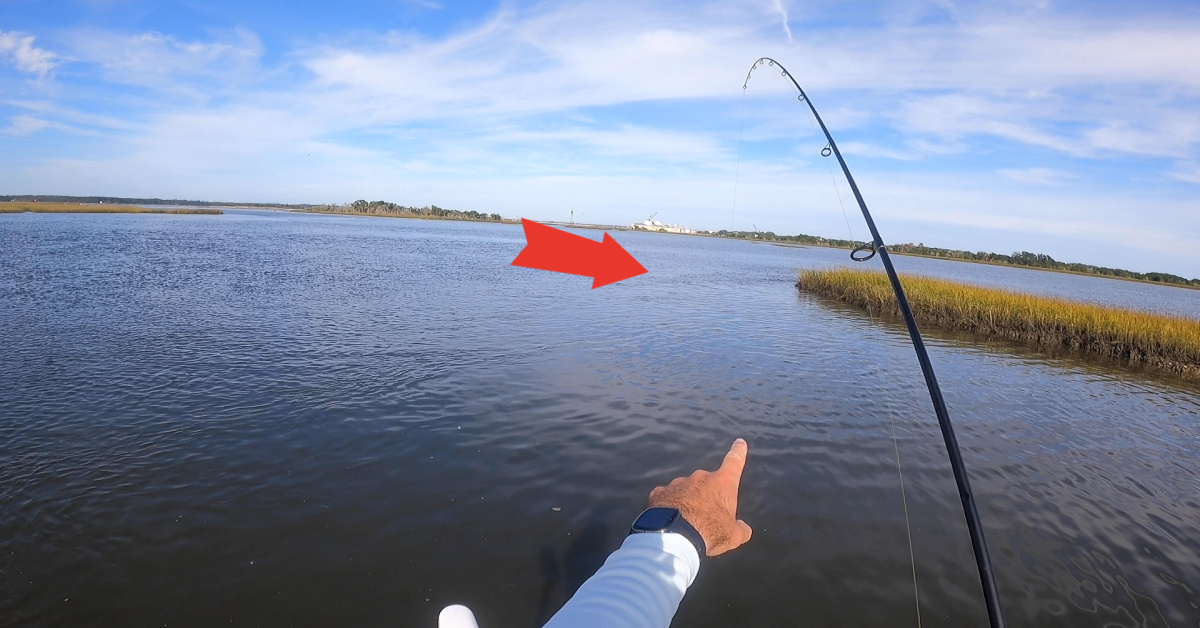
How should you be fishing points properly to increase the number of hookups you get?
What is there to look for when fishing a point?
A large majority of fish will use points for safety as well as an ambushing opportunity to hunt bait!
Learn more here!!
What To Look For When You Are Fishing Points [VIDEO]

Equipment Used:
- 30lb Stren Magnathin Monofilament
- 15lb Braided Line
- 40lb Ande Monofilament Leader
- Falcon MH 7’6 Coastal Clearwater Rod
- TFO Professional 7’ M spinning rod
- Quantum Smoke Inshore Reel
- Slam Shady 2.0
- Owner Weighted Twistlock Hook (1/8 oz.)
- Wealers Fishing Rod Wall Rack
When fishing points, you want to locate shelves and drop-offs that form around points where fish are holding.
Fish will hold close to the point and wait for the current to sweep bait into their mouths.
As the current whips around a point, the fish will hold up close to the bank out of the current to pick off disoriented baitfish.
The shelves that form around points create a space for fish to wait for bait to swim right to them.
Positioning
You want to make sure you are able to cast your lure or bait out right along the current seam that is created by the water moving off and around a point.
This is also where the shelf will form and the fish will stack up.
If you are fishing off of a boat or kayak with devices and technology that makes noise, it is best to turn them off before you find where you want to stop and fish so as not to scare off the schools of fish.
Moreover, if you are fishing along a grass line and there is a promising area to fish behind you down from the point, there may also be fish sitting in there too.
If you are fishing with a friend or family member, it is a good idea to have them cast in this direction opposite of you to try and see if there are some fish holding along the grass.
This helps you cover more water and locate more fish.
Casting Zones
If you are using a slip-float, be sure to cast it out gently and then reel back the slack in the line.
You want a nice dead drift of the float along the seam of the current going over the shelves at the bottom.
Slowly reel in the float as it comes closer to you.
The trout could be feeding in very specific zones or all around the point.
If they are feeding in one specific zone, you want to make sure you are casting in front of the point to let the bait drift with the current into the target zone.
Be sure to account for the current when you are casting and letting your float drift to the strike zone.
Hooking Live Shrimp
To hook a live shrimp on a slip-float for this application, take the shrimp and hook it through the top of the horn.
This will cause the shrimp to drift naturally in the current and make it appear as though it is swimming with the current.
You can also use a weight on the line just above the shrimp to ensure it is getting to the water column you want.
A pinch-on bullet weight will help in keeping the shrimp down and not floating higher in the water column.
Your knot above the slip-float should be about 4-feet from the hook.
This setup works excellently for trout.
You might have more success using live bait in this scenario rather than artificial lures.
Your turnaround time to throw your lure back out there and catch fish is a lot faster with artificial lures than bait.
By having to go to your bucket or live-well to get a new shrimp to hook on, it gives the school of fish time to calm down and reposition.
If you are pounding them with artificial lures, the school could eventually move because they are spooked.
When there is a decent size school of trout in front of you, give live bait a shot.
However, if you are only using artificial, try to slow down a bit in between your casts.
You could catch more fish by remaining patient and diligent between your casts.
Reeling Trout In
Trout have super soft mouths and the hooks we use for fishing are super sharp.
There is no need to lock down your drag and horse these fish in.
You can loosen your drag up a bit because as the trout shakes its head it can spit the hook if the drag is too tight.
Conclusion
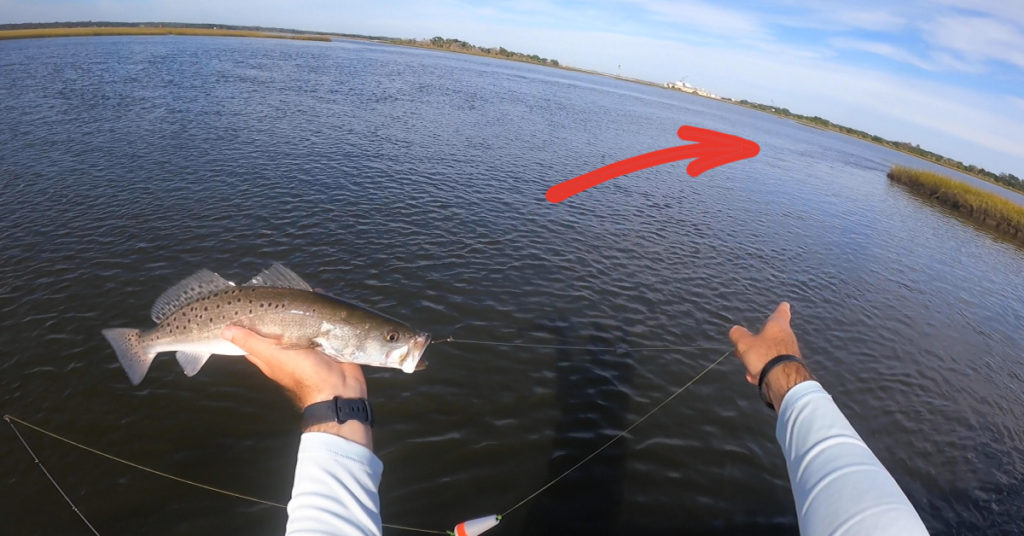
Fishing points is an elite tactic that can put you on schools of fish that are holding and waiting to ambush prey.
Whether you are using live bait or artificial lures, be sure to work the shelves along the bank and work your lure with the current.
Be sure to position yourself where you can cast at the point and let your bait drift across the ledges and shelves!
If you have any more questions on fishing points or what to look for, please ask me down in the comments section!
And if you know someone who wants to learn more about fishing points, please TAG or SHARE this with them!
P.S. Want access to our best fishing spots and tips, plus discounts to our online tackle store? Click here to join us in the Insider Club!
Related Articles:
Related categories:
STOP WASTING TIME ON THE WATER!
Do what the “SMART ANGLERS” are doing and join the Insider Club.
Here’s what you’ll receive today when you join:
- Weekly fishing reports and TRENDS revealing exactly where you should fish every trip
- Weekly “spot dissection” videos that walk you through all the best spots in your area
- Exclusive fishing tips from the PROS you can’t find anywhere else
- Everything you need to start catching fish more consistently (regardless if you fish out of a boat, kayak, or land).

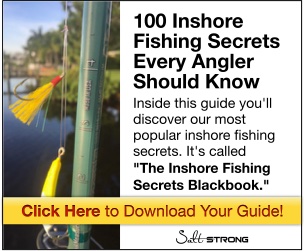


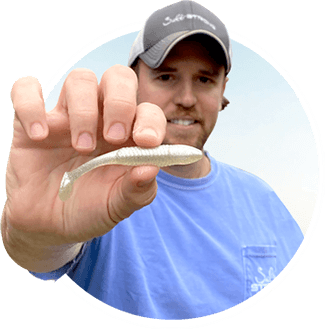
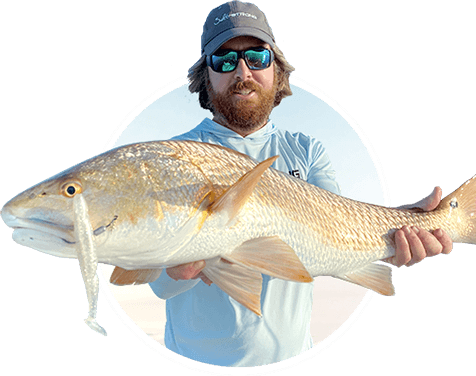
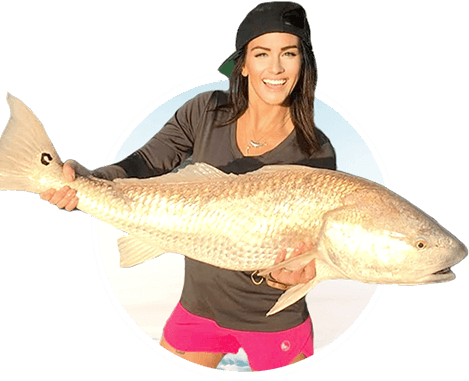
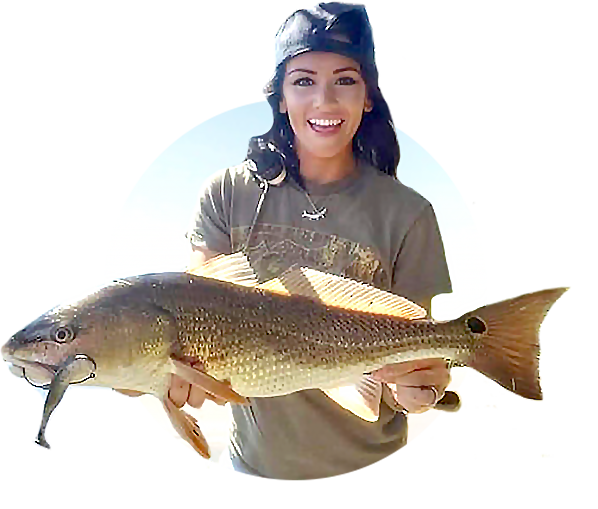
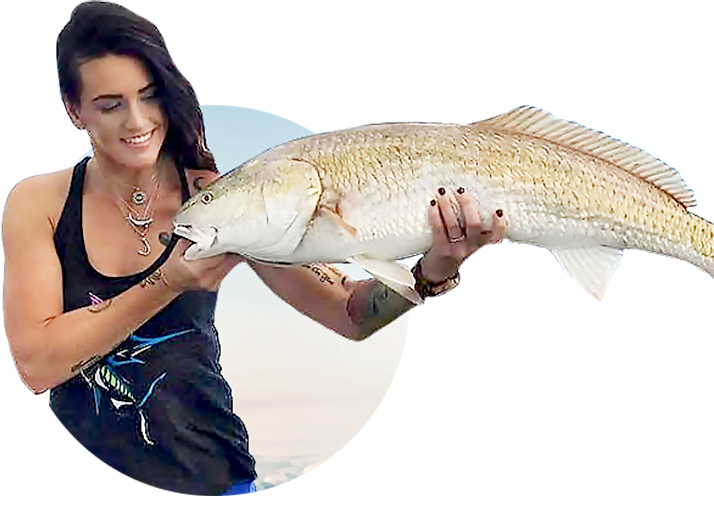
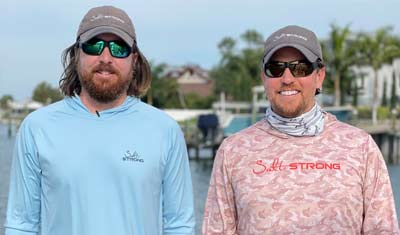
Richard, I’m curious what boat you’re using. Didn’t see it in the equipment list. We’re land locked. Getting to an age to not seriously consider investing in kayaks. Your boat seems like a nice, portable, manageable, setup to work with.
Timothy, I have a Mako 18LTS. I’ve really enjoyed it so far.
What hook are you using? What cork are you using? There is no Slam Shady or Owner Twistlock used in this video as it states in the equipment used. I am also pretty sure that you never mentioned a rod holder. Something just ain’t right here.
Great catch Steve! I think a few of the links may have gotten pulled over from the last video.
I did catch fish with the Slam shady and Owner Twistlock in this video, but decided to cut it out and make it a live bait tip!
Also my next video coming out will go over all aspects of the slip float specifically. I wanted it to be very detailed and thought it should warrant it’s own tackle tip. It will be coming out soon, so definitely be on the lookout!
Richard, I have the same problem with your video as I have with most fishing videos. I do not understand how to see the things you see in the water. For example you use the term ledge. Where the hell is the ledge in the frame of your video. Could you draw a red line or some kind of mark to show me what structure you are seeing? The same thing for the term seam. Please place line or marker on this structure. I see your hand waving around but it does not help me understand. Now I know the more experience anglers will immediately see what you are talking about. All I see is the surface of the water. Please help me learn how to see what you see.
Hey Julius, great feedback!
I’ll be sure to add in some graphics on the next one.
Also many times I can only describe what is underneath the waters surface since you can’t see it from above, but I at least want to share what is under there and why the fish are holding in similar places.
Something that can really help with this is scouting at low tide, here is a video where I go over some key factors to think about for when you come back to fish an area when there is more water.
https://saltstrongdev.wpengine.com/articles/low-tide-scouting-tips/
Richard, great video on trout fishing and corks. One question, why would you not position your boat up current and let your cork float back to the fish instead of casting into the current?
Thanks John! So a few reasons,
With that being said I still fish both ways, it is just situation dependent for me!
Slip bobber with a mudminnow is pretty much my go to. ( hard to find live shrimp in VA) Lately I’ve been using artificial because it’s more convenient, especially for wade fishing.
Mud minnows are a great option and honestly one of my favorite, especially as it gets colder!
Thank you Richard
I am so pleased to see someone from SS actually use a knot to adjust the depth of the cork (float). We call this a “nail knot and you can order them by the dozen already
made up to put on your line.
I took exception with Tony when he did a video that there is no way to adjust your
float without retying each time. I guess I didn’t do a good job explaining to him that
we have using this technique for inshore fishing for years.
And oh by the way, take a youngster out with you and let him or her use this rig, it’s
really a blast.
Many thanks Richard
Thanks David, I’ve used this setup since I was a kid!
My next video will be full rundown on all the details of a slip float including a few that you mentioned, and even different types. If you have any other points you would like me to go over feel free to let me know and I can add them in.
I fish like that a lot, Thanks Richard
Thanks Jerry, It’s a ton of fun and very effective!
Good info Richard….thank you!
Appreciate it Bill!
Thanks Richard. What kind of stick pin do you use?
Hey Richard, so the brand name actually is Stick it Anchor Pins. I have the 8ft model kit. Very good customer service as well.
Richard – Please explain more about how you rig all of this. What type and size of hook? How much weight? What leader? What does “knot 4 feet up” mean? Do you have another video on how to rig this? Also can’t see in the video how you hook the shrimp.
Hey Barry, great questions! My next video is going to go over all of the rigging specifics on a slip float and where/ how to use them and much more. I felt like it warranted enough time to be its own video and be a specific tackle tip!
For the shrimp rigging, here is a video we have on how. I used the “Under the horn method” as described in this tip:
https://saltstrongdev.wpengine.com/articles/live-shrimp-rigging-head-tail/
Great! I have been most productive trolling from my Blue Sky using a popping cork, 3 feet of leader, a 3/16 jig, ZMan shrimp with Dr. Juice. Caught a 28 inch red last week along the channel that way. I haven’t tried live shrimp yet.
Thanks Richard! I will watch for your next video.
Looking forward to that video!